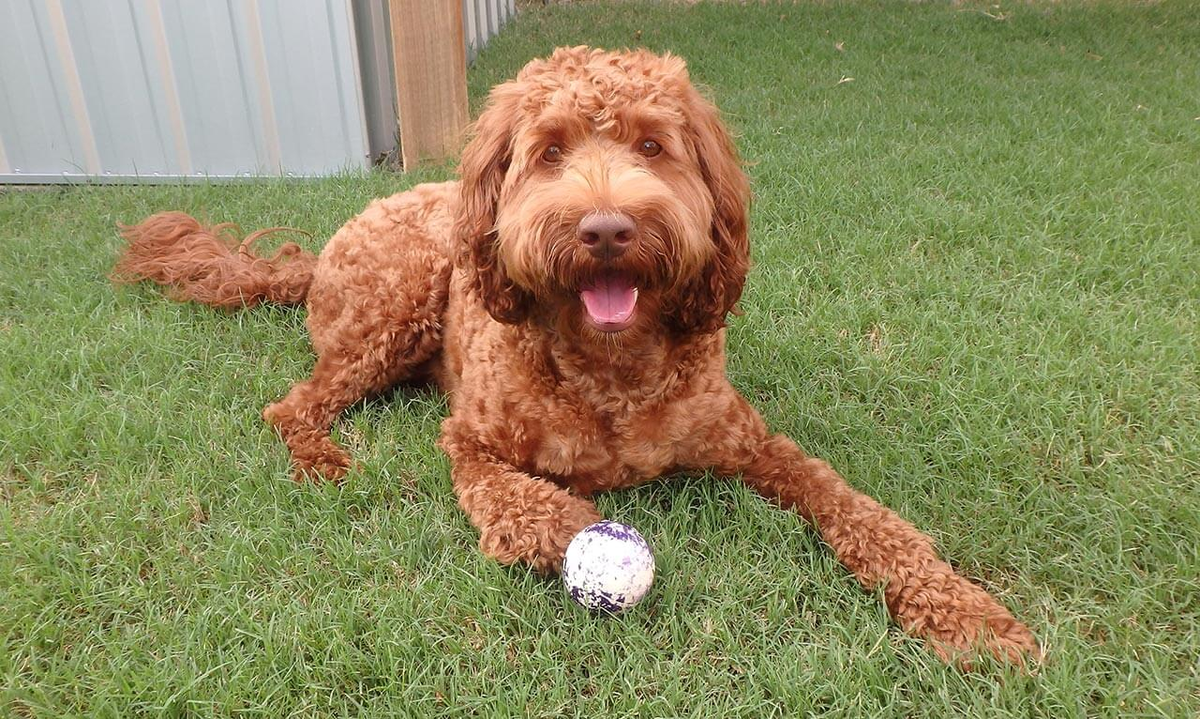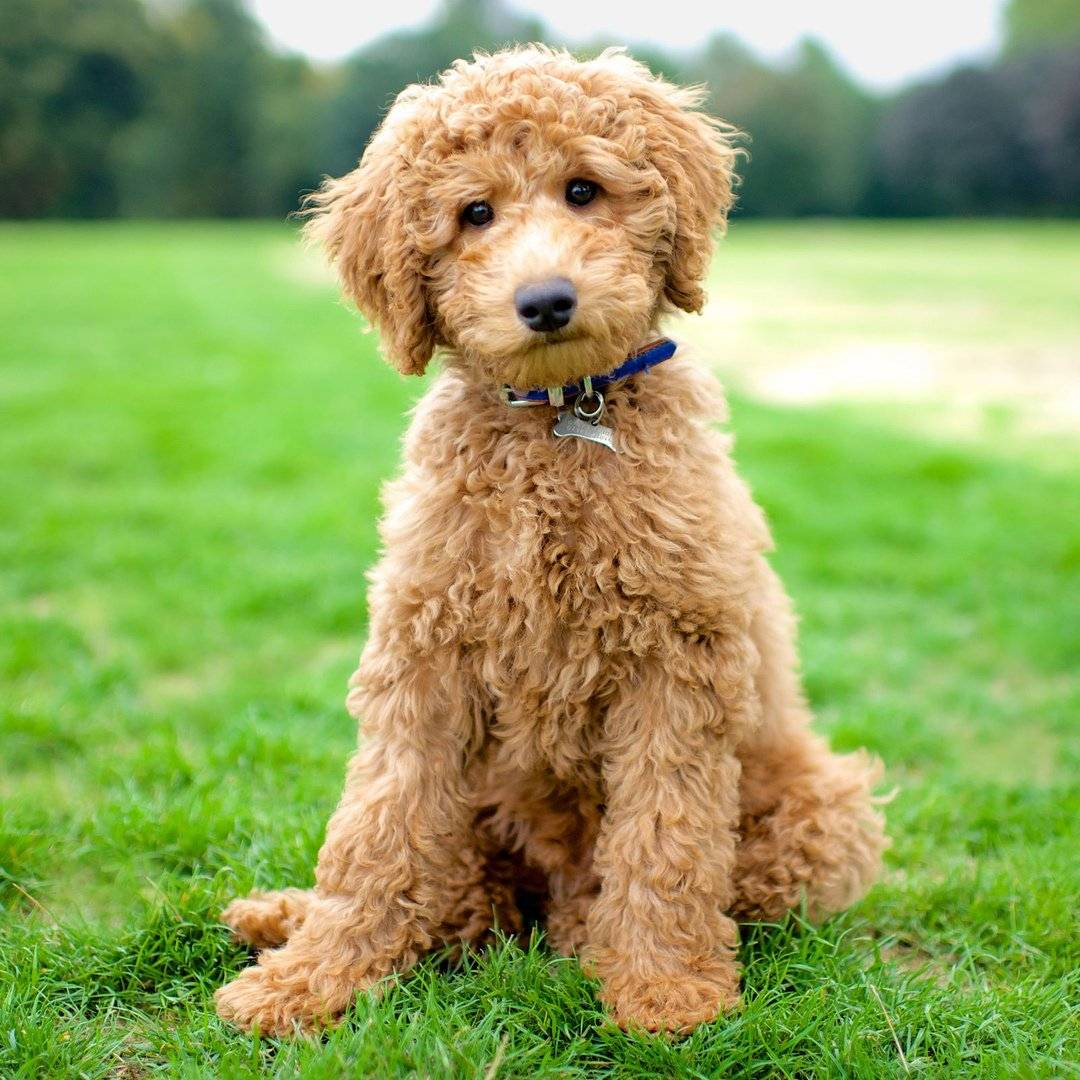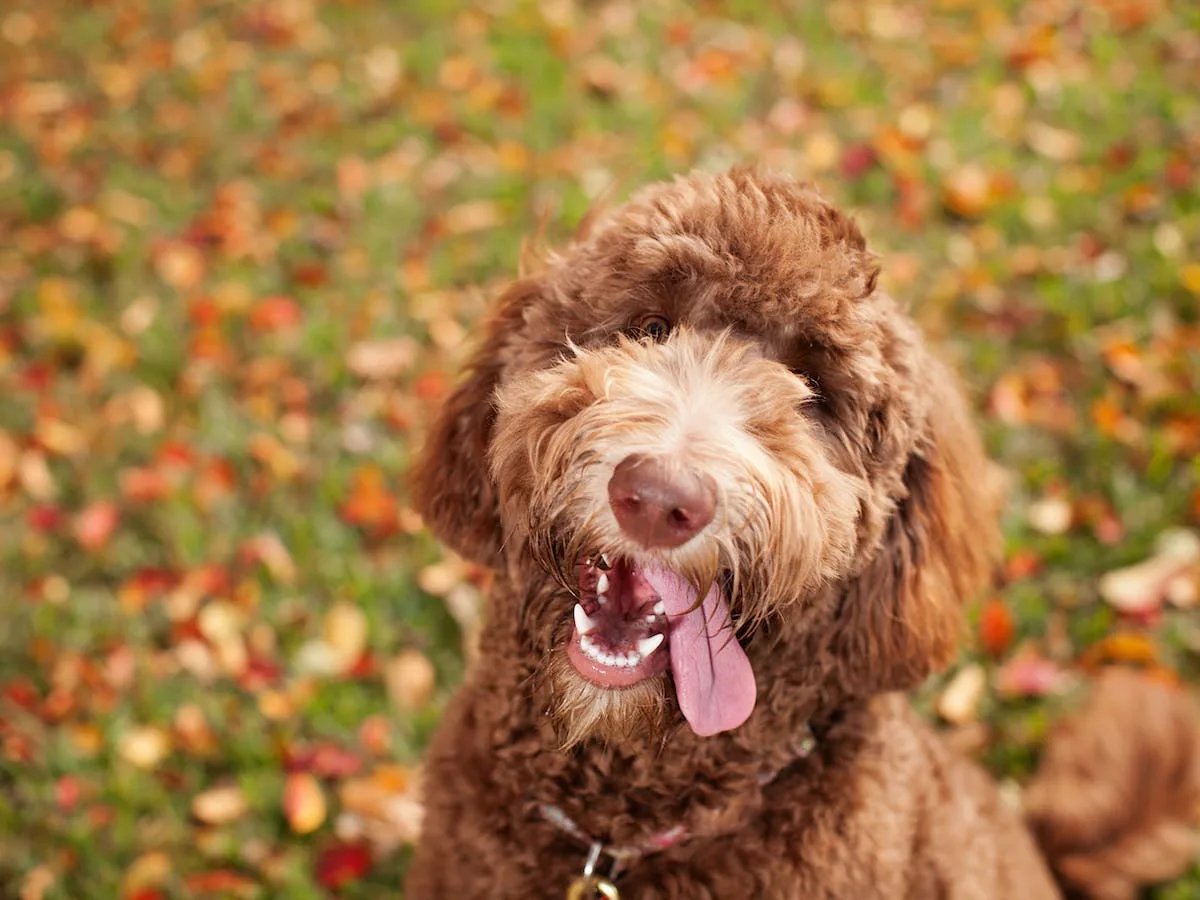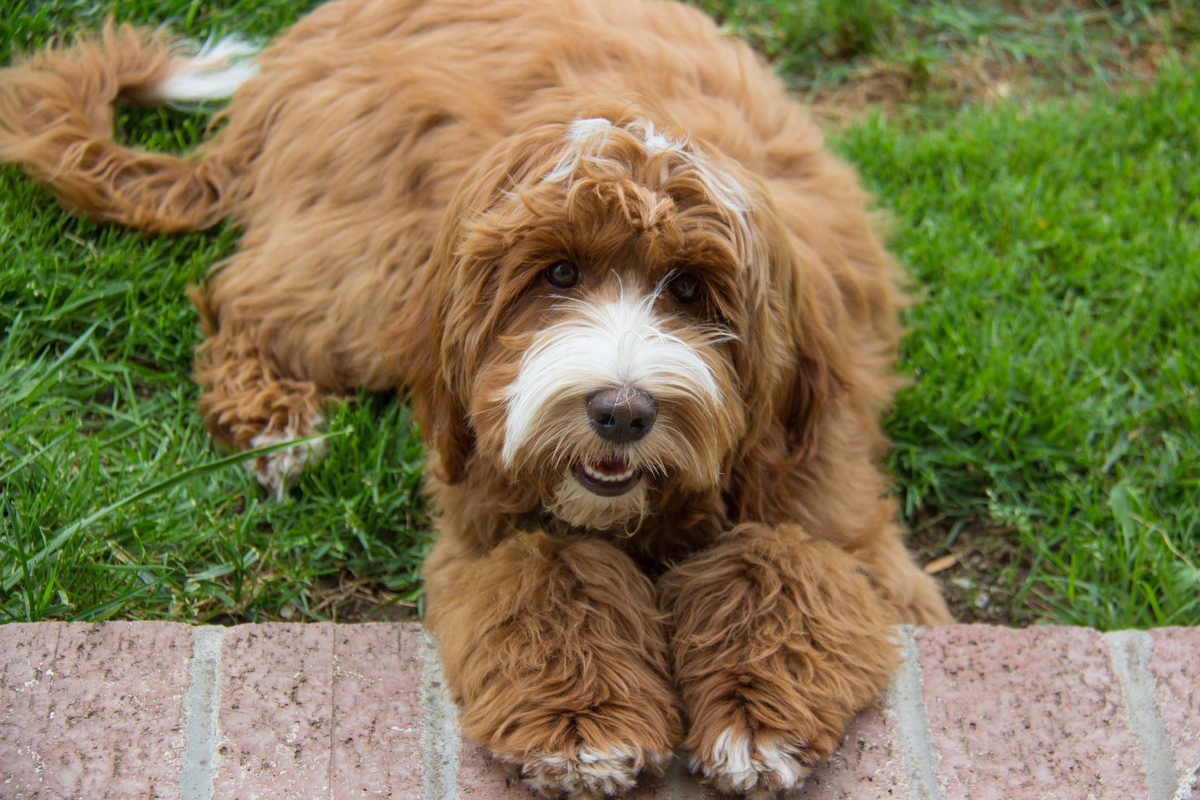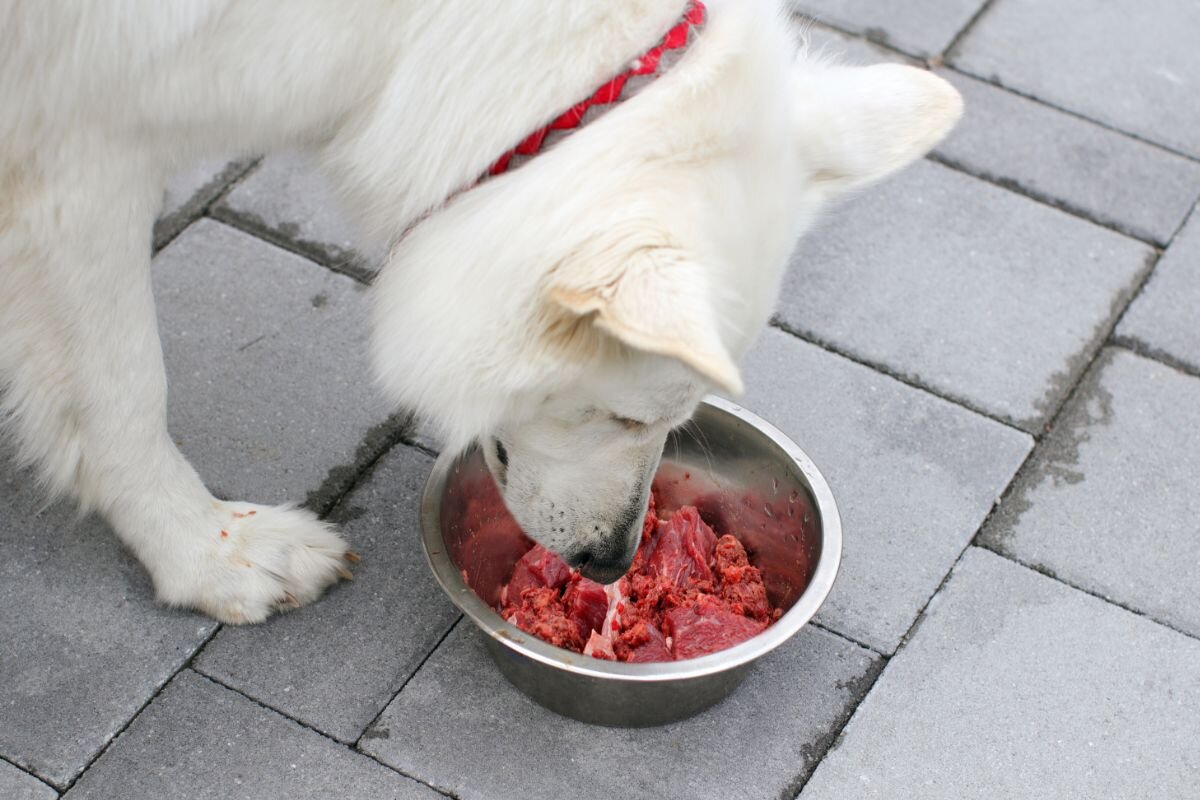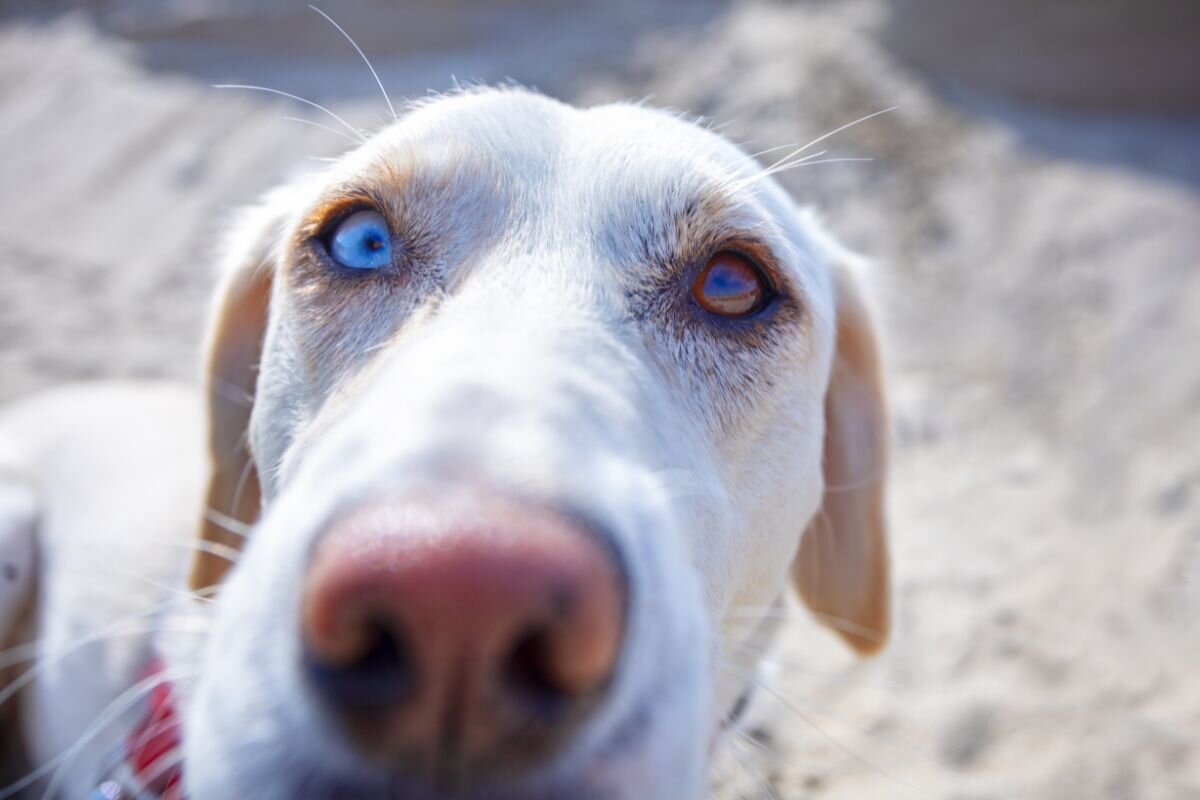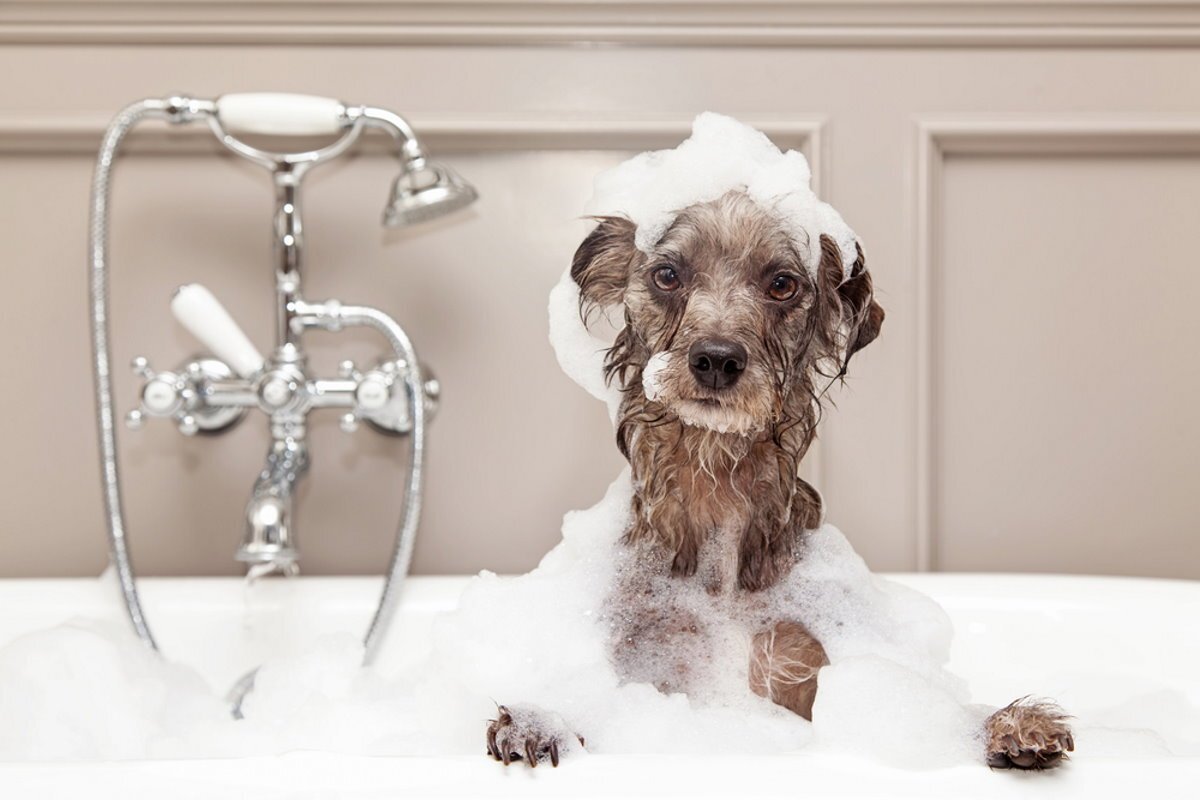The author of this hybrid regretted creating his masterpiece, calling the dog a monster. And international canine associations still have not officially recognized this breed.
The history of the labradoodle began with good intentions. A blind woman approached veterinarian Wally Conron, who worked in the Australian Royal Guide Dog Association. She explained that her husband's allergies prevented them from getting a guide dog. The woman asked for help, and the breeder could not ignore her.
Initially, a poodle with hypoallergenic fur was selected. The allergy issue was resolved, but attempts to train 33 dogs of this breed as guide dogs proved futile. It turned out that purebred poodles were not suitable for these tasks.
The Labrador is considered one of the most suitable breeds for this work. Knowing this, Conron decided to combine the hypoallergenic fur of the poodle with the character of the Labrador. The result exceeded all expectations. The resulting puppy named Sultan was intelligent, clever, kind, and friendly. He quickly and easily learned, so he became an excellent guide dog. In addition, his fur was hypoallergenic and very beautiful, requiring minimal care. The dog's appearance captured the hearts of many due to its cuteness.
Sultan went to the woman and served her faithfully, becoming a truly ideal guide dog.
But Sultan had two brothers left, who also needed to be placed. The organization where the veterinarian worked ran an ad, offering hypoallergenic guide dogs.
There was a demand for these dogs far exceeding the supply. People in need of such an assistant called the organization. It was a resounding success. The mixes were named labradoodles.
The labradoodle quickly gained worldwide popularity. An tireless dog, enthusiastic in serving humans, quick to learn and excellent with children – a dream for almost anyone, right? Incredibly loving and obedient, he could even work as a therapist.
However, the labradoodle breed was never officially recognized. The main reason was the lack of consistent traits in offspring. It is impossible to predict what the puppies will look like. For example, when you buy a purebred Labrador, you know for sure that it is a Labrador. It has inherent characteristics that define the breed. Even if a Labrador's character significantly differs from others, you still can identify the breed upon seeing it. With labradoodles, it is not so straightforward.
Even within one litter, puppies could look different, whether their parents were a Labrador and a poodle or multiple generations of labradoodles. Predicting the appearance is very challenging. They could inherit more from the calm intellectual poodle, with typical fur requiring regular grooming. Or they might get traits from the constantly shedding and lively Labrador. It's hard to guess.
Kennel clubs that trained and raised labradoodles often mention their unexpected variability. One moment a rational and calm dog turns into a wild hooligan, as if two breeds living within it are in an endless battle for dominance.
Due to unmet expectations, labradoodles often end up in shelters and on the streets. Owners expecting hypoallergenic dogs were unprepared for surprises like constant shedding, high-maintenance fur, and sudden changes in behavior.
Unscrupulous breeders fueled the fire. Without the proper knowledge and experience, they mixed breeds solely for the high price of puppies, without considering the quality of the future offspring. As a result, dogs with illnesses and unstable temperaments began to appear. Ironically, most of these dogs have vision problems.
This is why Conron, guided by good intentions to create the perfect guide dog, called his creation a Frankenstein monster. He regrets the disfigured dogs resulting from irresponsible breeding.
There are responsible labradoodle associations worldwide that bring truly unique dogs into the world. They continue to try to unite labradoodle breeders under common requirements, standards, and breeding practices. However, this has not yet happened, and therefore, expecting labradoodles to be recognized as a full breed anytime soon is unlikely.
Wily marketers, to avoid losing significant income, have labeled mixed breeds as "designer breed" dogs. The demand for labradoodles is high worldwide. If you want to acquire this wonderful dog and avoid scammers, carefully choose a reputable breeder and resist the temptation of lower prices.

